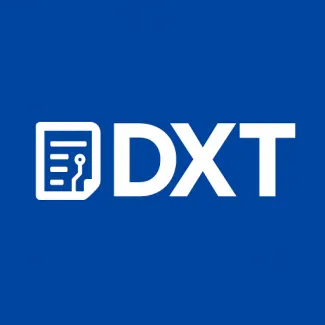AI development
This tutorial concludes by showing how to build specialized AI assistants, or "Gems," using prompt engineering with a general-purpose model like Gemini. Gems are custom AI models excelling at specific tasks, exhibiting domain expertise, specialized behavior, and consistent persona. This is achieved through a detailed system prompt, acting as the AI's "DNA," defining its persona, goals, constraints, and formatting. The prompt includes the AI's role (e.g., financial analyst), its function, limitations (e.g., avoiding giving investment advice), and desired response structure. A "Financial Analyst Gem" example demonstrates how a well-crafted system prompt transforms a general chatbot into a specialized, focused assistant. Mastering prompt engineering unlocks the Gemini API's flexibility, allowing creation of diverse AI assistants.
This tutorial demonstrates using Google's Gemini API for creative content generation, specifically image creation and animation. It focuses on using the Imagen model for text-to-image generation, emphasizing the importance of detailed, descriptive prompts including subject, style, setting, and mood. While a dedicated video generation API isn't yet available, the concept is explained using the Veo model, suggesting a workaround using sequential image generation. A practical example shows building a simple React app that utilizes the `imagen-3.0-generate-002` model to generate images from user-provided text prompts, including error handling and loading states.
This chapter explores using Gemini as a coding assistant. It covers code generation, debugging, and optimization. For code generation, clear prompts specifying the goal, language/framework, and context are crucial. Debugging prompts should include the code, problem description, and any error messages. Optimization prompts require the code and the optimization goal. Gemini can generate code in various languages, identify and suggest fixes for bugs, and improve code performance, streamlining the coding workflow for developers of all skill levels. Examples using Python and Javascript demonstrate these capabilities.
Welcome to the final section of our tutorial series! So far, you've mastered the fundamentals of the Gemini API, from your first API call to building sophisticated applications that handle stateful conversations and perform deep research. You now have a strong foundation in a wide range of Gemini's core capabilities.
This guide explains how to use the Gemini API for in-depth research, even without a dedicated "Deep Research" feature. It emphasizes crafting sophisticated prompts to achieve this. "Deep research" involves synthesizing information from multiple sources, performing structured analysis, and generating comprehensive reports. The guide provides a prompt-engineering template: defining the AI's persona and goal, specifying the topic and scope, listing required report sections, adding formatting requirements, and setting constraints. A well-structured prompt acts as a research plan for Gemini, resulting in thorough analysis. The guide concludes with a brief mention of a sample React application showcasing this process.
This tutorial demonstrates building a stateful chat application using React and the Gemini API. It leverages React's state management to maintain conversation history (`messages`, `input`, `isLoading`), automatically scrolling to new messages using `useRef` and `useEffect`. The core functionality lies in `callGeminiAPI`, which sends the entire conversation history to the Gemini API for context-aware responses, incorporating exponential backoff for error handling. The UI, built with JSX and Tailwind CSS, displays messages differently based on sender (user/model) and includes a simple input form. The complete code is provided for a functional application.
This text explains Gemini API's Function Calling, enabling the model to interact with external tools. Instead of only generating text, the model identifies needed functions, provides parameters, and receives results to formulate responses. This allows for real-time information retrieval, action execution on the user's behalf, and private data access. A four-step process is detailed: defining tools via function declarations, user requests, model function calls, and application execution of the function and returning results to the model. A Python example demonstrates building an e-commerce tool using `google.generativeai`, retrieving product price and stock. Best practices include descriptive function declarations, strong typing, error handling, result filtering/summarization, and multi-turn conversation management.
This guide details advanced Gemini API features beyond basic text input/output. It covers multimodal prompts (using text, images, video, audio), function calling (connecting Gemini to external tools and APIs), building stateful chat applications, and utilizing Gemini's "Deep Research" capabilities for analyzing large datasets and generating comprehensive reports. These features enable the creation of sophisticated and interactive applications leveraging Gemini's powerful reasoning abilities.
Welcome to the first part of our Gemini tutorial series! Before you can start building amazing things with Gemini, you need to set up your development environment. This guide will walk you through the essential steps: getting your API key and installing the necessary SDKs for Python, JavaScript, Go, and Java.
Welcome to the foundation of our tutorial series! This first category, "Getting Started with the Gemini API," is your essential roadmap to beginning your journey with Google's most advanced AI models.
Pagination
- Page 1
- Next page

